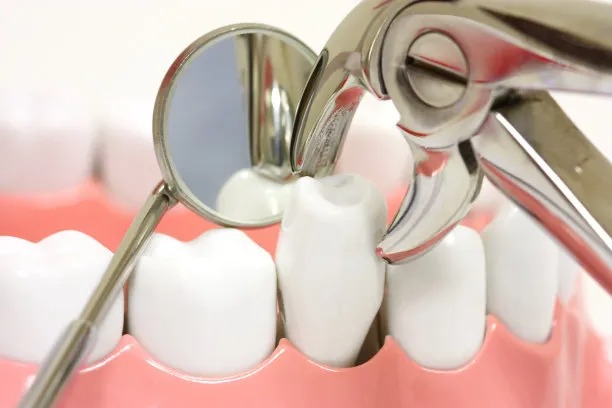The Essential Guide to Extracting a Tooth Safely and Effectively for a Pain-Free Experience
Summary: Extracting a tooth can be a daunting experience, but it doesnt have to be. This essential guide provides a comprehensive overview of the safe and effective methods for tooth extraction, ensuring a pain-free experience for patients. Well delve into the importance of professional evaluation, preparation and planning, the extraction process itself, and post-operative care—all crucial elements for a successful tooth removal. By understanding each step, patients can foster confidence in the procedure and recognize the signs that necessitate a tooth extraction. This guide aims to empower readers with the knowledge required to approach tooth extraction with peace of mind.
1. The Importance of Professional Evaluation

Before proceeding with any tooth extraction, a thorough professional evaluation is critical. A dentist can provide insights into the reasons for extraction, whether due to decay, overcrowding, or disease. Understanding the underlying issue is the first step in ensuring the correct tooth is targeted during the extraction.
Additionally, professional evaluations include diagnostic imaging, such as X-rays, to assess the tooths root and the surrounding bone structure. This imaging helps identify potential complications and allows the dentist to devise a tailored extraction plan.
Consulting a dental professional ensures that the patient is well-informed and prepared, reducing anxiety and establishing a clear understanding of the procedure ahead. This step minimizes risks and enhances the likelihood of a smooth extraction process.
2. Preparation and Planning for Extraction
Preparation for tooth extraction encompasses not just physical but also mental readiness. Patients should be informed about dietary restrictions, medications to avoid, and necessary pre-operative actions. Being well-prepared can greatly enhance the overall experience, contributing to a pain-free outcome.
Furthermore, understanding the anesthesia options available is crucial. Local anesthesia is often used to numb the area, while sedation techniques may be employed for more anxious patients or complex extractions. Discussing these options with a dentist can help patients feel more comfortable and in control.
By ensuring that the necessary preparations are in place, patients can significantly diminish the likelihood of complications during the extraction procedure. Proper planning enables both the patient and the dentist to approach the extraction with confidence and readiness.
3. The Tooth Extraction Procedure
The actual tooth extraction procedure is the culmination of the preparation and planning stages. The process generally begins with the administration of anesthesia, ensuring that the patient feels no pain during the extraction. The dentist will then use specialized instruments to loosen the tooth and gently remove it from the socket.
During the extraction, the dentist may encounter various challenges such as impacted teeth or unusual root structures. An experienced professional will navigate these complications adeptly, ensuring the procedure remains as painless as possible. Understanding these nuances can alleviate concerns for patients about potential discomfort.
Once the tooth is removed, the dentist will provide post-extraction instructions to aid in recovery. Clear communication about what to expect post-procedure is essential, helping patients feel informed and empowered as they transition to the next phase of healing.
4. Post-Operative Care and Recovery
Post-operative care is a vital aspect of the tooth extraction process. After the procedure, patients should follow the dentists instructions regarding pain management, swelling reduction, and when to resume normal activities. Cold packs may be recommended to minimize swelling, while prescribed medications can manage pain effectively.
Patients should also be advised on what foods to consume during the initial recovery phase. Soft foods and adequate hydration are essential to avoid irritation of the extraction site while allowing for proper healing.
Monitoring for any signs of complications, such as excessive bleeding or infection, is crucial during the recovery period. Following up with the dentist for a check-up can help ensure that the healing process is on track and address any concerns that may arise.
Summary:
The journey of extracting a tooth begins with professional evaluation, ensuring a proper understanding of the issue at hand. This is followed by meticulous preparation and clear communication before the actual extraction takes place, contributing to a generally anxiety-free experience. Finally, the post-operative care, if adhered to properly, enables a smooth recovery. Together, these components not only emphasize the importance of a well-managed tooth extraction but also serve to reassure patients of a pain-free experience.
This article is compiled by Vickong Dental and the content is for reference only.



